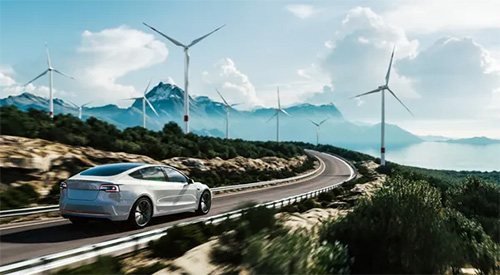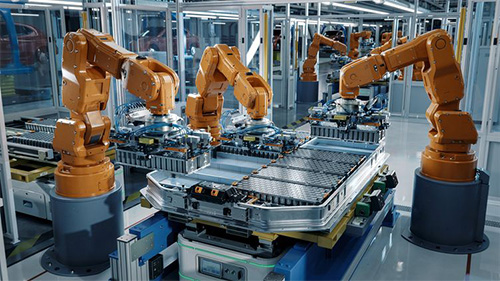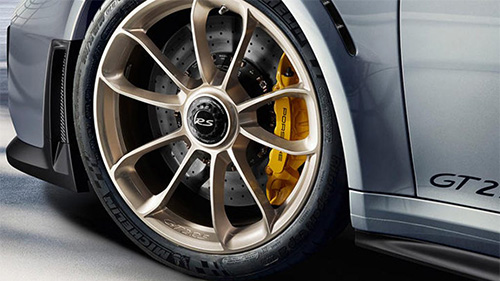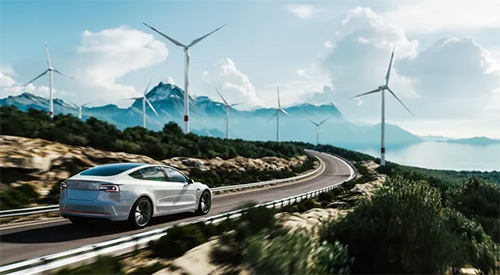Study Finds Smooth Driving Cuts Fuel Costs and Boosts Comfort

Efficient, enjoyable, and wallet-friendly: that’s the promise of eco-driving behind the wheel of your car. As concerns over rising fuel prices and environmental impact grow, a growing body of research shows that small changes in our driving habits can deliver big rewards—both in terms of comfort and cost. Here’s how tuning into your vehicle’s needs and mastering eco-driving techniques can transform every journey into a smoother, more economical experience.
1. Smooth Acceleration and Braking
One of the simplest yet most powerful eco-driving habits is to accelerate gently and brake gradually. Studies have found that aggressive starts and stops can spike fuel consumption by up to 20 percent. By anticipating traffic flow—coasting to red lights instead of slamming on the brakes—and applying power steadily when merging or overtaking, you’re not only minimizing fuel burn but also reducing wear on brakes and tires, leading to a quieter, more comfortable ride.
2. Optimal Speed for Efficiency and Serenity
There’s a “sweet spot” on every car’s speedometer where fuel efficiency peaks—usually between 50 and 65 mph (80–105 km/h) for most vehicles. Research indicates driving at this pace on highways maximizes miles per gallon, while also preventing the engine from straining or roaring too loudly. The result? A serene cabin ambiance, fewer trips to the pump, and a dash-to-dash experience that balances pace with peace.
3. The Role of Cruise Control and Coasting
Modern cars equipped with cruise control aren’t just for highway laziness—they’re efficiency tools. Maintaining a steady speed prevents the surges and dips in engine output that come with manual pedal work. Likewise, when road conditions allow, shifting to neutral and coasting (“engine-off coasting” is not recommended) reduces engine load, further trimming fuel use.
4. Tire Pressure and Aerodynamics
Under-inflated tires increase rolling resistance, forcing the engine to work harder and burn more fuel. Experts recommend checking tire pressure at least once a month to ensure it aligns with the manufacturer’s specifications. Meanwhile, removing unnecessary roof racks and keeping windows closed at high speeds reduces aerodynamic drag, cutting fuel consumption by a few extra percentage points and dampening wind noise for a more comfortable cabin.
5. Maintenance, Planning, and Technology
Eco-driving isn’t just about how you handle the pedals—it’s also about how you care for your car. Regular oil changes, clean air filters, and timely spark-plug replacements keep the engine running at peak efficiency. Pre-planning routes to avoid congestion or choosing off-peak hours can save time and fuel. Finally, in hybrid and electric vehicles, regenerative braking and eco-modes optimize energy recapture and power delivery, merging advanced technology with the principles of smooth, cost-conscious driving.
By integrating these research-backed strategies into your daily routine, you’ll discover that eco-driving isn’t a sacrifice—it’s an upgrade. Each gentle acceleration and well-maintained tire brings not just lower bills at the pump but also a calmer, more refined driving experience.







